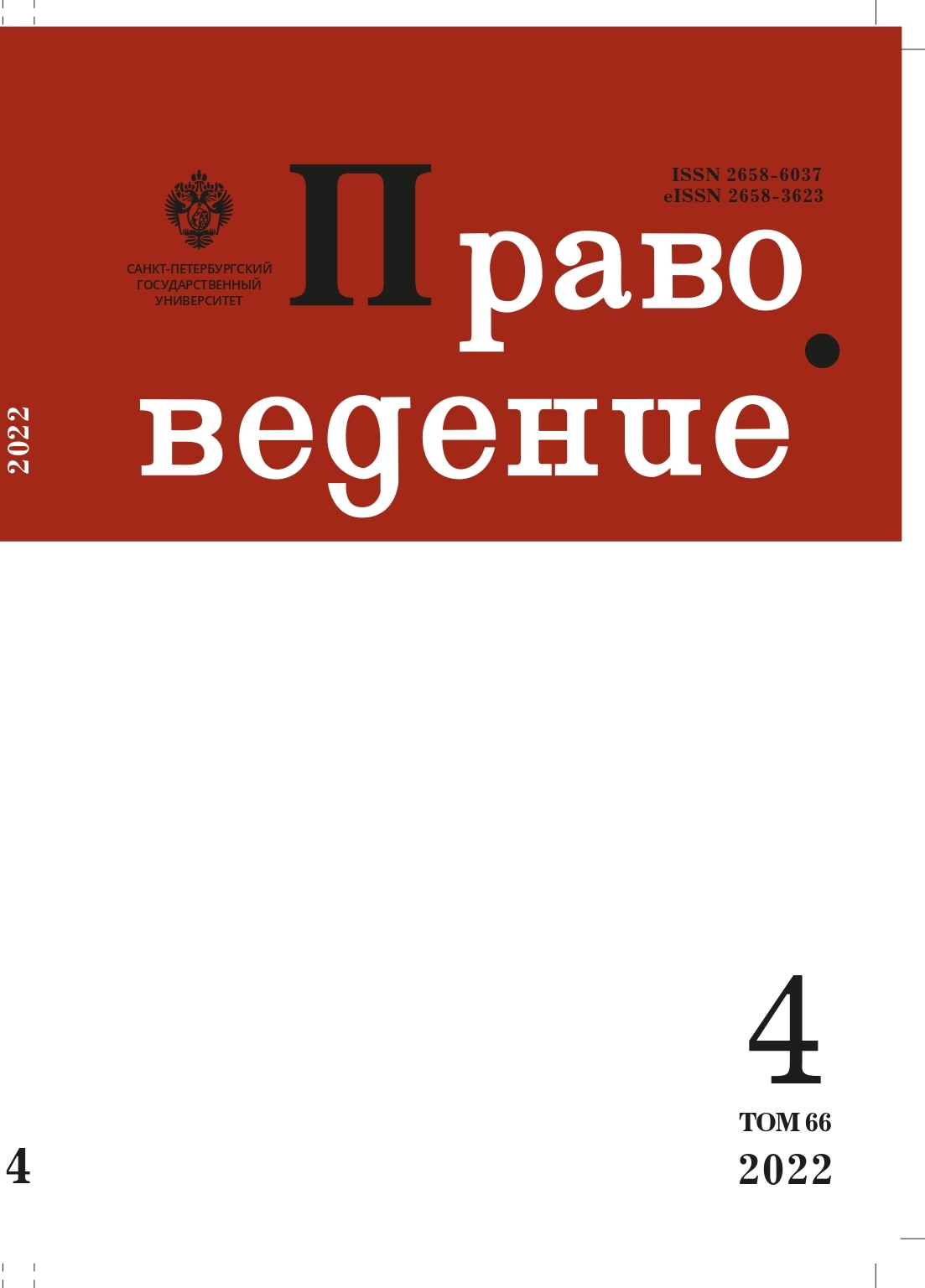China’s mode of electronic reform for court records
DOI:
https://doi.org/10.21638/spbu25.2022.401Abstract
The development of information technology has made the electronic reform of court records possible. As a new type of court records media, audio-video recordings have attracted attention worldwide. Driven by the National Informatisation and Internet Power strategies, China has formed its own operational paradigm in this regard. According to Several Provisions of the Supreme People’s Court on the Audio-Video Recordings of Courts Trials by the People’s Courts, electronic reforms for court records in China currently follow a quasi-parallel paradigm, in which audio-video recordings may replace traditional trial transcripts within the scope of summary procedure with the consent of the parties involved. This mode of reform is consistent with China’s tradition of gradual reform. It is not only affirms the application of information technology in the court record system but also considers differences in procedures. However, it is more similar to a “prudent attempt” at electronic reforms made under the existing legal framework of litigation, representing a bridge between legislation and judicial practice, and has not responded to the impact of information technology on the court record system to the maximum xtent. From the theoretical perspectives of essentialism and functionalism, the standard mode of electronic reform for court records needs to be prioritised by the courts by considering the rights of litigants. A parallel paradigm can then be constructed, whereby audio-video recordings hold the same legality as trial transcripts. Furthermore, this reform process should strengthen the coordination mechanisms between the development of legality, system coordination, and a balance of interests to effectively guarantee electronic reforms for court records.
Keywords:
audio-video recording, trial transcript, court record, online litigation, online court, information technology
Downloads
References
Chen, Ruihua. 2000. The nature of jurisdiction: An analysis of criminal judicature as an example. Faxue yanjiu 5: 30–58. (In Chinese)
Deng, Jinfeng. 2017. Synchronized audio-video recordings system for extraterritorial courts. Renmin fayuan bao March 31. (In Chinese)
Fu, Yulin. 2003. Separation between complexity and simplicity and procedural guarantee. Faxue yanjiu 1: 50–63. (In Chinese)
Li, Shaoping. 2017. Understanding and Application of Judicial Interpretation of Audio-video Recordings in the Supreme People’s Court. People’s Court Press. (In Chinese)
Liu, Zhewei. 2016. Methodological significance and the application of the Theory of Civil Litigation Mode. Dangdai faxue 3: 16–26. (In Chinese)
Wang, Fuhua. 2016. E-Court: From internal to external construction. Dangdai faxue 5: 23–35. (In Chinese)
Zhou, Cui. 2015. Temporary audio recording and utilization in German civil litigation. Renmin fayuan bao June 24. (In Chinese)
Zhang, Weiping. 2015. On the legalization of the trial transcript. Zhongwai faxue 4: 903–918. (In Chinese)
Zhang, Weiping. 2016. Civil Procedure Law. Law Press. Beijing: Law Press China. (In Chinese)
Zhang, Wenxian. 2011. Right and Human Right. Law Press. Beijing: Law Press China. (In Chinese)
Zhang, Xingmei. 2019. The conceptual basis and application path of online litigation system construction. Zhengfa luntan 5: 116–126. (In Chinese)
Downloads
Published
How to Cite
Issue
Section
License
Articles of "Pravovedenie" are open access distributed under the terms of the License Agreement with Saint Petersburg State University, which permits to the authors unrestricted distribution and self-archiving free of charge.




